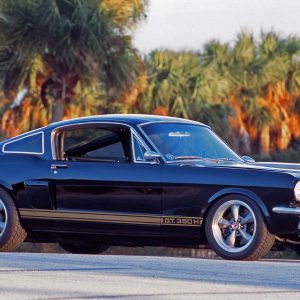big block
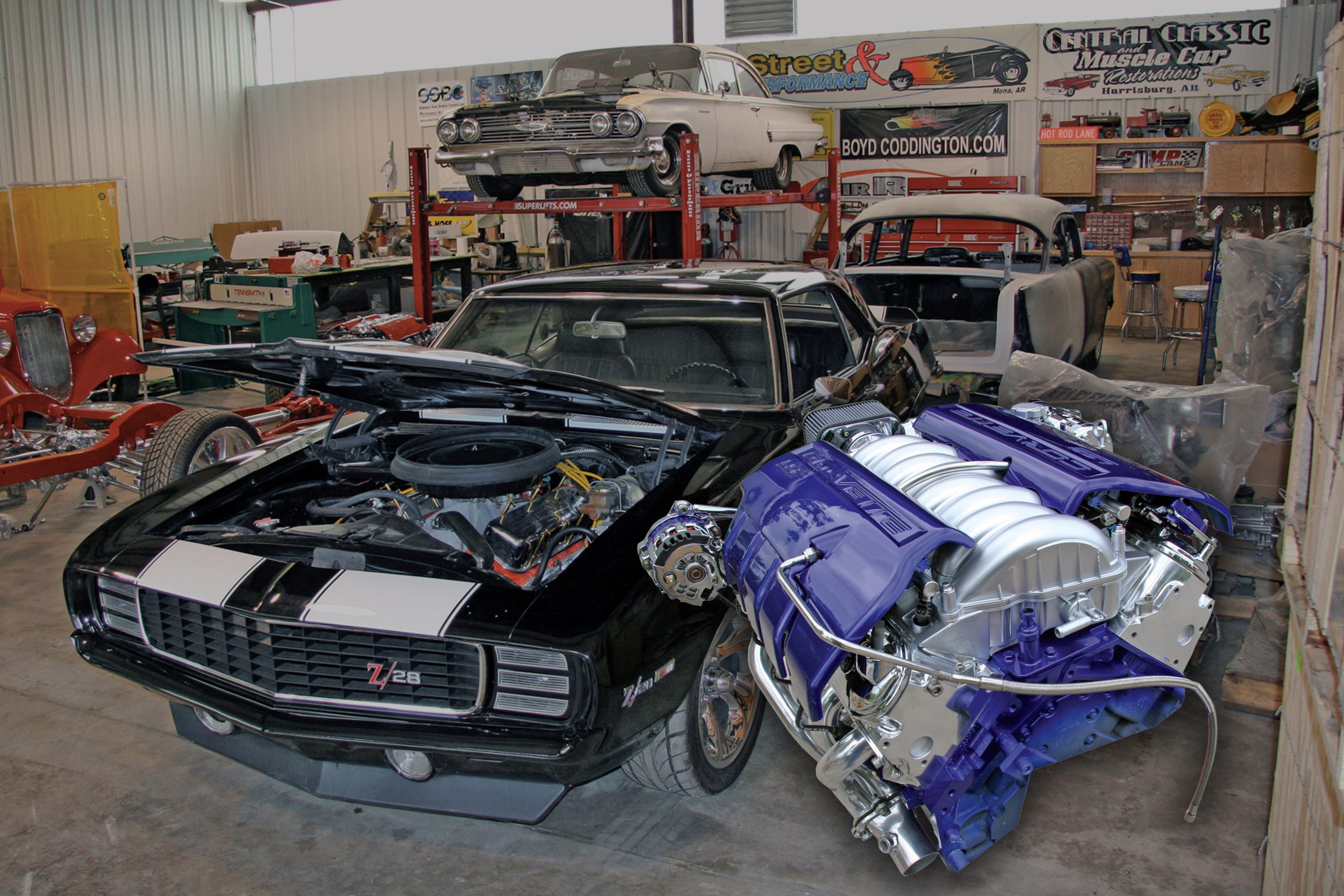
First-generation Camaros are all the rage these days, and no wonder. With so many ways to bring them into a new era, they make great selections. So, while the big-block power and a five-speed trans served owner Gary Johnson well over the years, rocketing gas prices led him to a more efficient LS2 option.
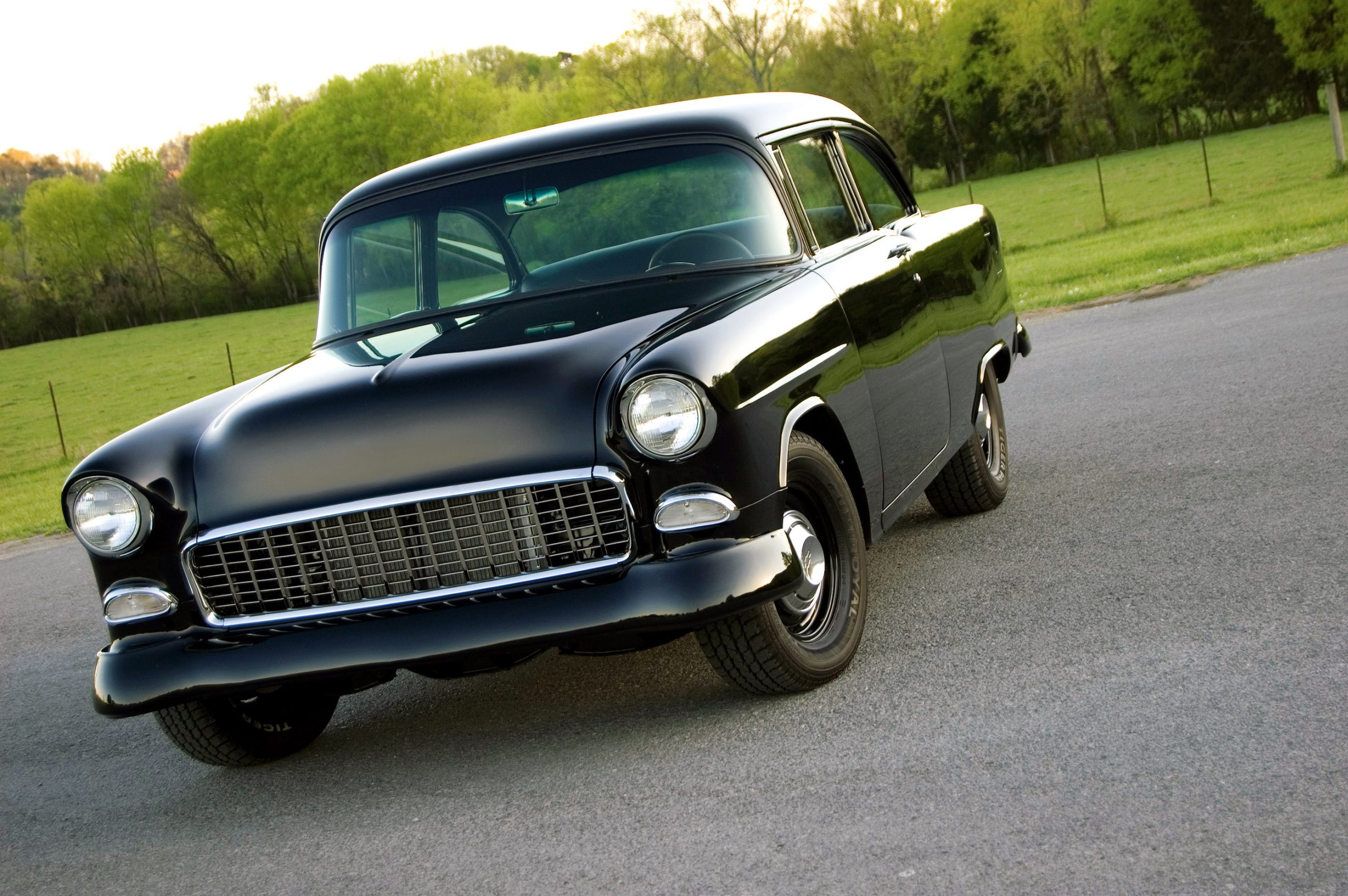
Simplicity is the key here, as this ’55 Chevy perfectly embodies the sleeper theme with a no-frills look and monster power. It doesn’t even feature all the stainless Bel Air or 210 trim you normally find on most tri-5 models; but even though this is a plain-Jane 150 devoid of trim, Ernie Lankford’s all-black ’55 certainly doesn’t get overlooked.
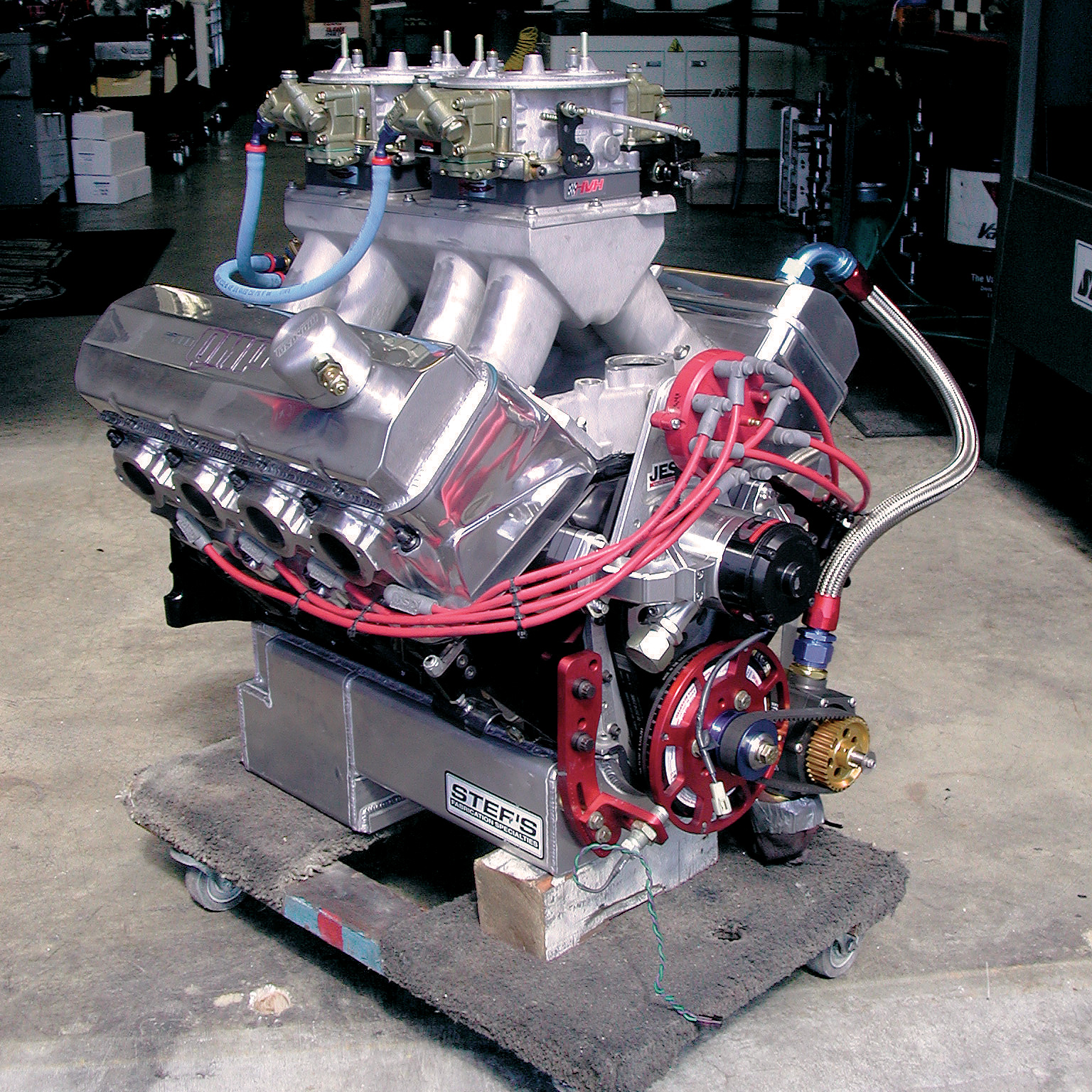
This engine, and others like it, has opened up a brand-new chapter in the ever-evolving, wild world of Chevrolet power. By design it has a bore and stroke of 4.60 inches by 4.25 inches and Big Chief II heads, which are about 2 inches taller, that feature oval-shaped intake ports. This, they say, is for maximum cylinder filling. Years ago, creative racers would angle-mill heads to arrive at the desired combustion chamber size and to improve the valve angle in combination with the incoming intake flow. These heads are nicknamed “11-degree” heads, as they have been designed with a built-in 11-degree angle right out of the box. There’s no angle milling needed here. A special valvetrain is necessary, along with longer stem valves. Quarter Mile Performance feels that these heads are worth 200 additional horsepower over the very best “shorter” heads.
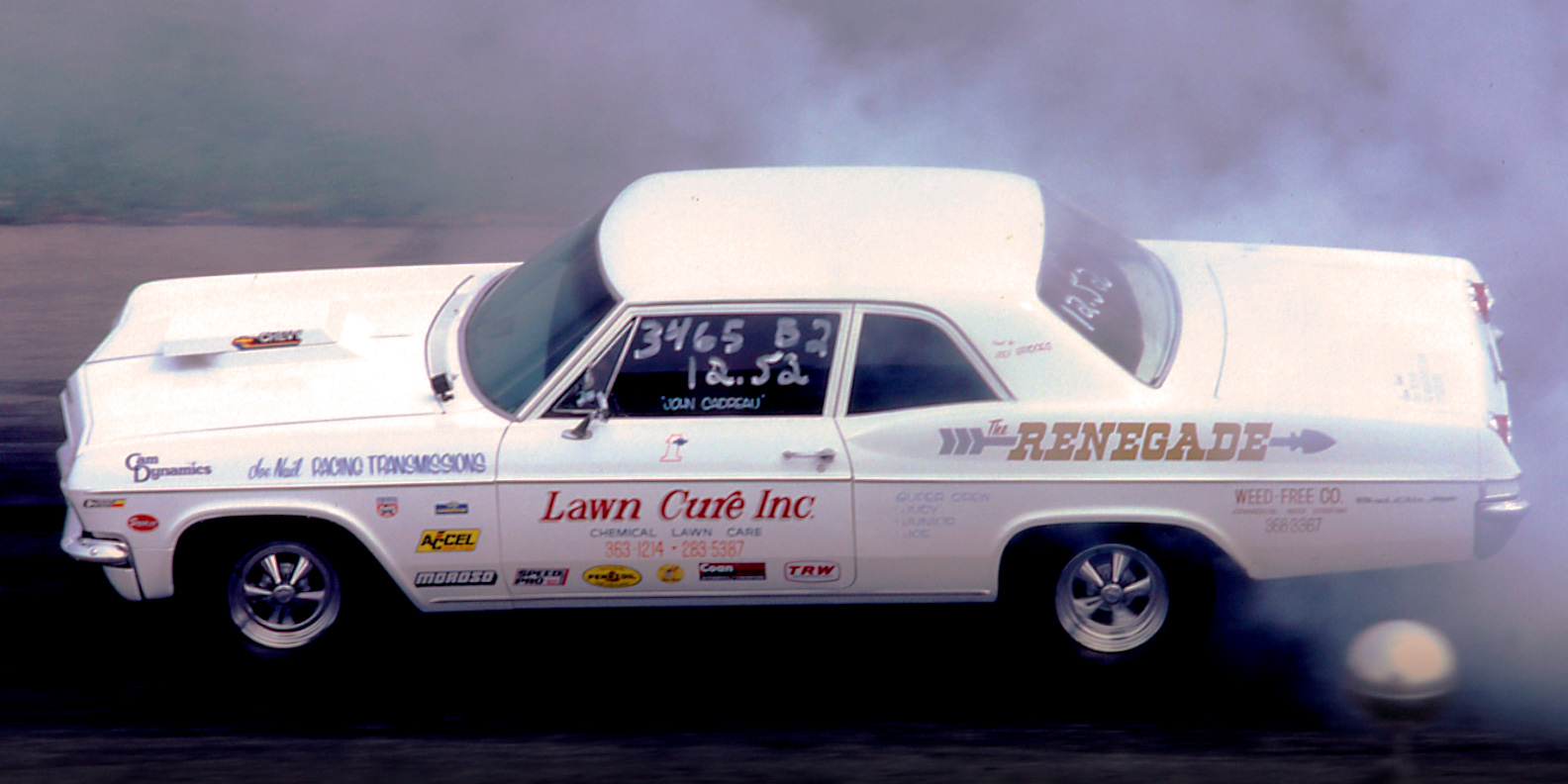
The birth of the Mark IV 396 for public consumption occurred back in 1965. Its predecessor, the Mark I, started in 1961 on the drawing board, was finalized and built in late 1962, and was unveiled in race trim in 1963. It set the racing world on its collective ear at Daytona and other races, and then it disappeared, going back to Chevrolet Engineering for further development. Seeing that you could step up and possibly own the Marilyn Monroe of big-block engines, serious racers and enthusiasts had to sit on their hands for two full model years (1963 and 1964) before the son of this absolute powerhouse could be ordered.
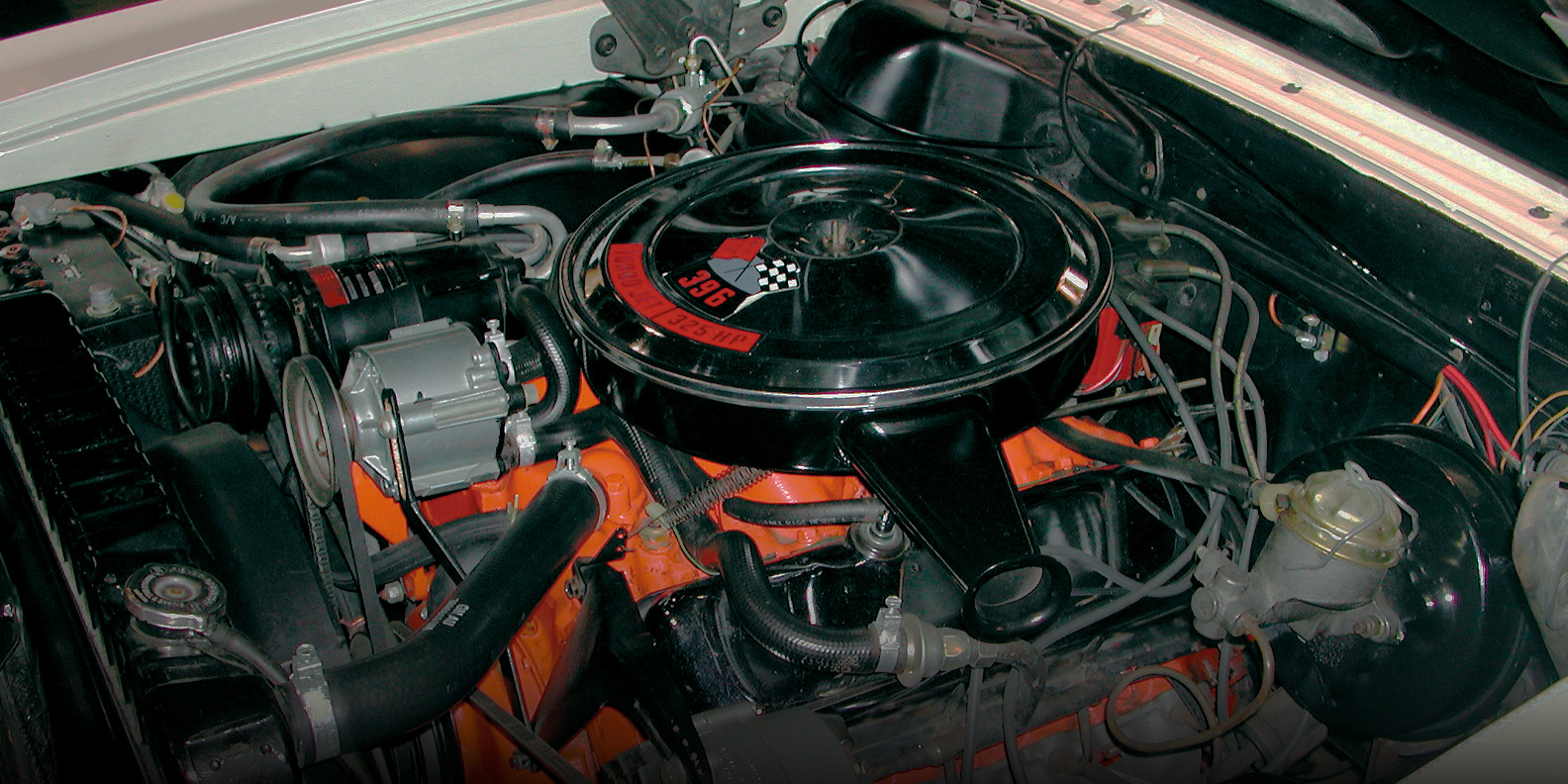
Hundreds of thousands of these “little” big-blocks were sold in the 1960s. In 1965-66 alone, over 150,000 came in the Impala, Biscayne and Bel Air big cars. Few paid attention to them because the hot engine of the day was the L-78 with high-rpm, rectangle-port heads. But when stock eliminator drag racers began flogging the L-35, it responded magnificently.






